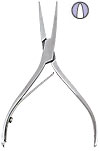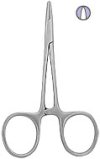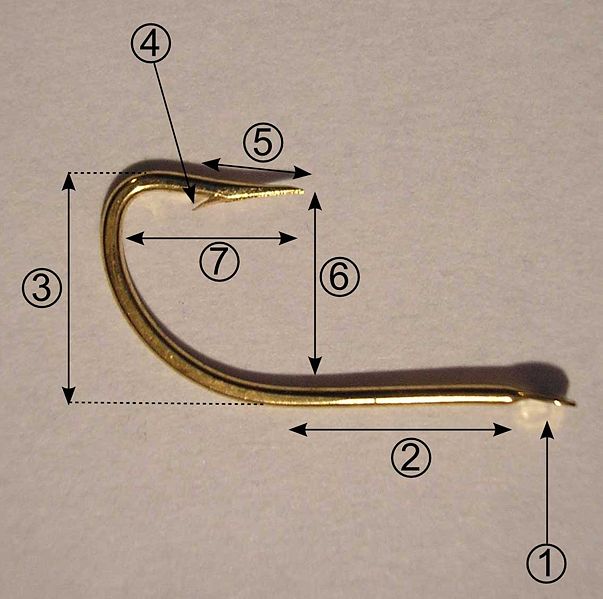|
BARBLESS HOOKSMore Fish -- Less Harm
TIP: Be careful when handling hooks.
Barbed vs. BarblessUse Barbless Hooks Many thanks, Signed Your captured fish If you are into Catch and Release fishing as I am, there is only one hook choice --
BARBLESS
The use of a
catch and release net
is also advisable.
HistoryFishing hooks have been in use for well over 9000 years. First used notably in the middle east, hooks were fastened out of animal horns and bones, bronze, wood (especially juniper) shells, and finally metals. Today, the major manufacturers use various materials, such as stainless steel, high-carbon steel, or steel alloyed with vanadium (a rare element obtained as a ductile metal which is used as an ingredient of steel to toughen it) to fasten all sorts of hook sizes and shapes for use by commercial and recreational salt and freshwater anglers. Modern hooks are corrosion resistant and come in almost as many colors as Baskin-Robbins has flavors or Heinz has varieties. Do you like yours in gold, nickel or black? How about some Teflon coating sprinkled on top? Catch & Release and the Barbless Hook
A barbed hook resists more force and takes more effort to set than a barbless hook. Therefore, crimping the barb as flat as possible makes penetration into the fish's mouth easier to perform. Scientifically speaking, Sir Isaac Newton's 2nd Law of Motion tells us that force (defined as a push or a pull) is equal to mass (the amount of matter in an object) times acceleration (an increase of speed or velocity) (F=MA). In this case, the force is the pull on the line and tippet; the mass is the barbless hook; and the acceleration is the speed necessary to set the hook.
Catch and release makes sense for both the fly fisher and the fish. The angler will hook more fish using the C & R method and will land just as many if he learns to keep the line tight and properly "play the fish". The fish is released with minimal harm to its mouth as the barbless hook is much easier to remove. Just back the hook out (sort of a reverse motion). This can be done while the fish is still in the water. To the PointLet's keep this short. As to the subject at hand (barbless hooks) there are three basic "points" I'd like to make here: single, double, or treble. Next topic, please.
Fly and Bait HooksIn this corner - the fly hooks:
e) Kink-shank, f) Viking, g) Limerick, h) Kendal, i) Bartleet, j) Captain Hamilton, and k) Sproat.
 b) b) c) c) d) d)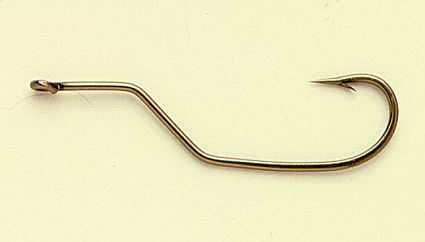 e) e)
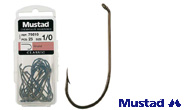 g) g) h) h)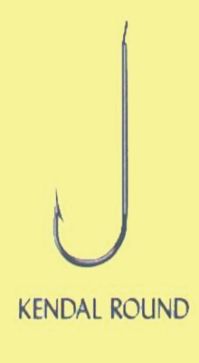 i) i) j) j)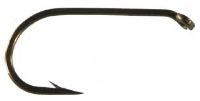
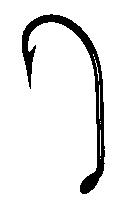
e) Baitholder, f) Carlisle, g) Aberdeen, h) Carp, i) Beak, j) O'Shaughnessy, and the ever-loving k) Salmon Egg.
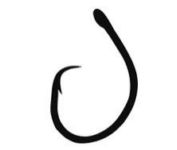 b) b)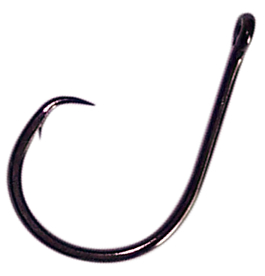 c) c)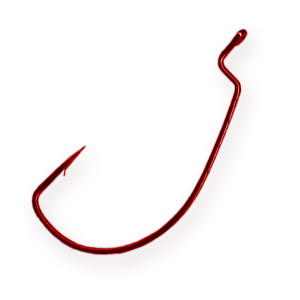 d) d)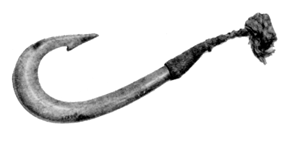 e) e)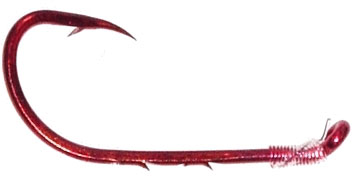
 g) g)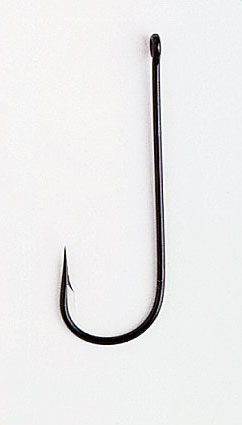 h) h)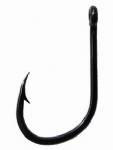 i) i)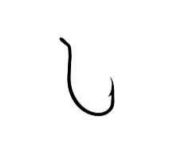 j) j)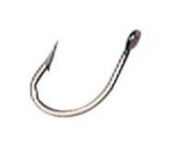
 QUIZ - Name that partName that part? There is only one part to a fish hook. It's called the hook. Okay, maybe I should have labeled the quiz: Name That Section. Let's try it anyway. Below is a diagram of a typical fish hook. Before scrolling to the bottom of this page, see if you can name the sections.
Hook size mattersYou will need to match your hook to your species. Barbed and barbless hooks come in sizes ranging from the tiny #32 (I must be blind - it's so small) to the monster 20/0 (that's 20 ought - the killer catcher). If you are tying your own flies, make sure you order the right size for the job. You can't catch a blue marlin on a #32, although I'm sure someone has or will try. Guiness Book of Records, anyone?
ManufacturersYou can mechanically grind down the points of barbed hooks or make your own barbless hooks, but personally I like the way the Japanese manufacturers do their hooks for me. They are chemically sharpened and because of this method, the points seem to stay sharper longer. Here is a list of fishing hook manufacturers:
G. Mustad and Son, A.O. (Norway) Daiichi (Japan) Wright & McGill Co. (United States) Anglers Sport Group (United States) Gamakatsu (Japan) Rapala VMC (Finland) Owneer american Corp. (United States) Partridge of Redditch (United Kingdom) Answers to Quiz 1)EYE 2)SHANK 3)BEND 4)BARB (or no barb, that is the question) 5)POINT 6)GAP 7)BITE/THROAT
RESEARCH, RESEARCH, RESEARCH before buying anything.
Return from Barbless Hooks to Catch and Release
|





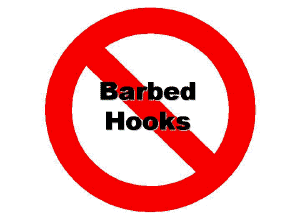

 Contrary to popular belief, more fish are caught using hooks without barbs. A barbless hook will penetrate a jaw more smoothly and with less force exerted than a hook with a barb. It's a great application Newton's 2nd Law of Motion (F=MA or Force equals Mass times Acceleration).
Contrary to popular belief, more fish are caught using hooks without barbs. A barbless hook will penetrate a jaw more smoothly and with less force exerted than a hook with a barb. It's a great application Newton's 2nd Law of Motion (F=MA or Force equals Mass times Acceleration). 
